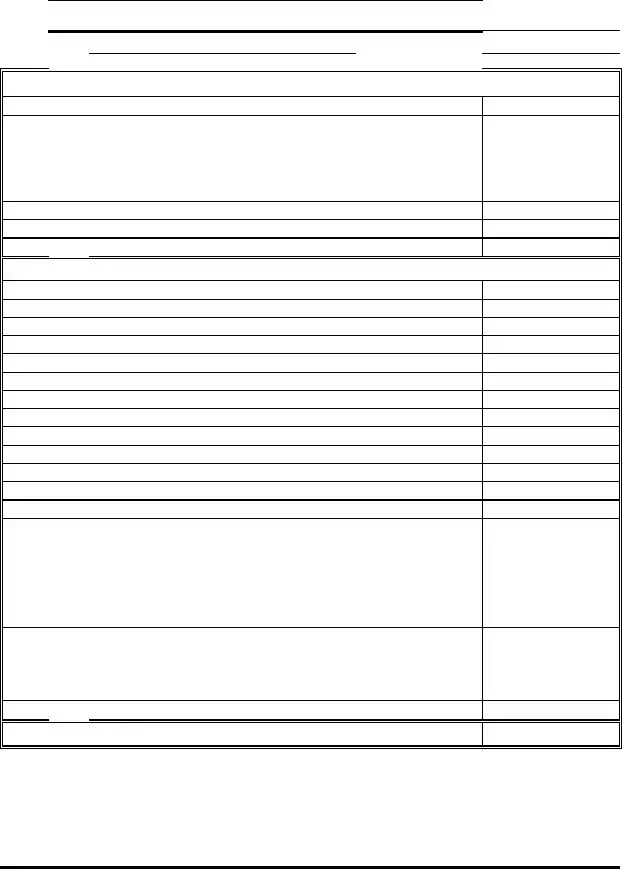Fill Out a Valid Profit And Loss Template
The Profit and Loss form is a financial statement that summarizes revenues, costs, and expenses incurred during a specific period. This essential document provides insights into a company's financial performance, helping stakeholders make informed decisions. Understanding how to accurately fill out this form is crucial for effective financial management, so take action by clicking the button below to get started.
Customize Document Online

